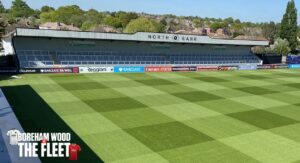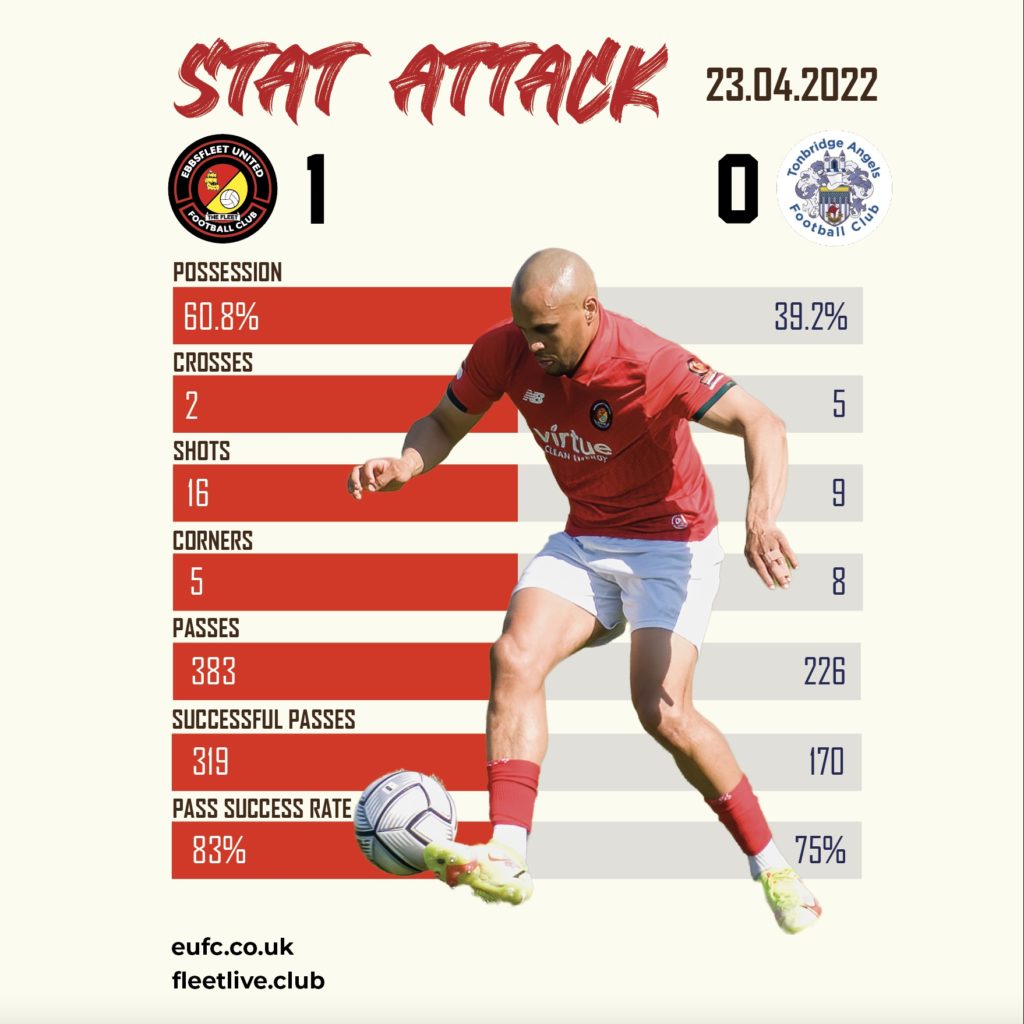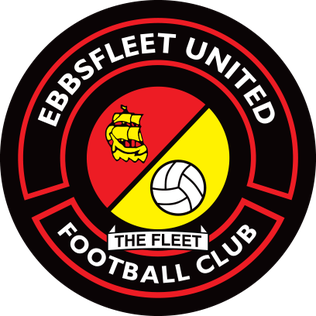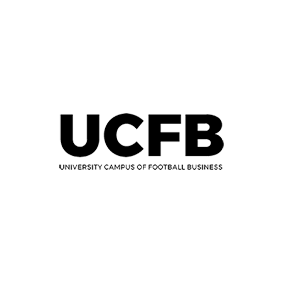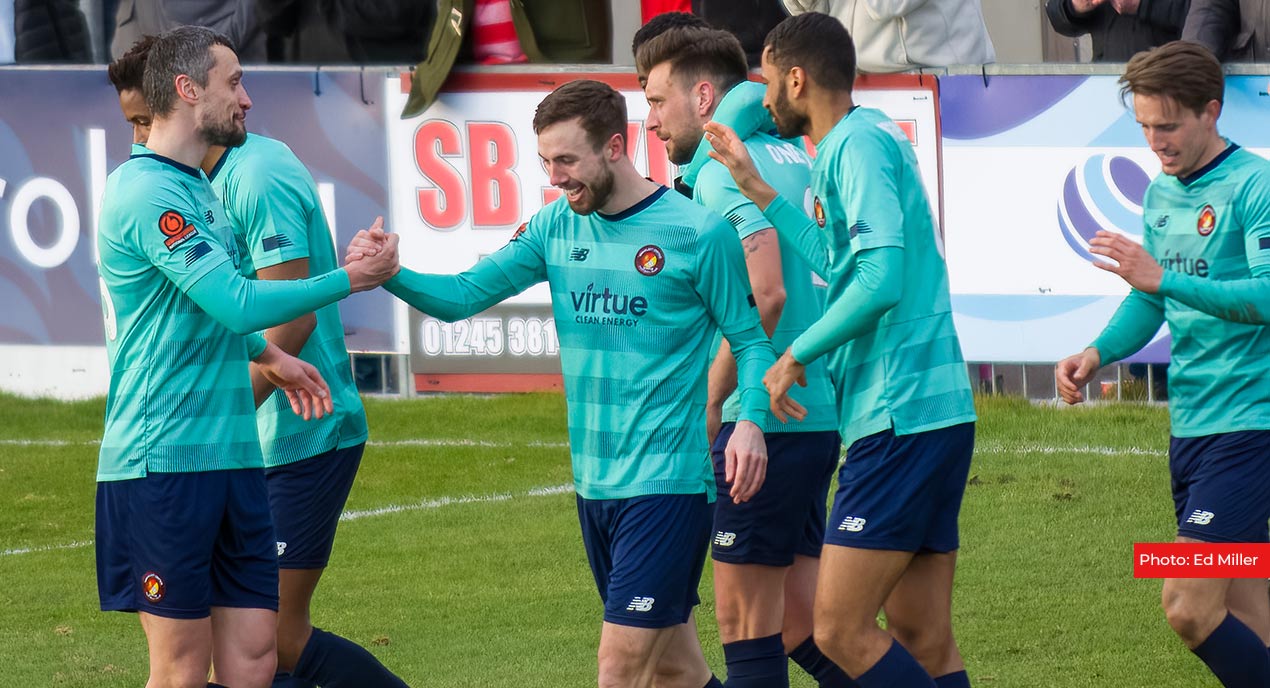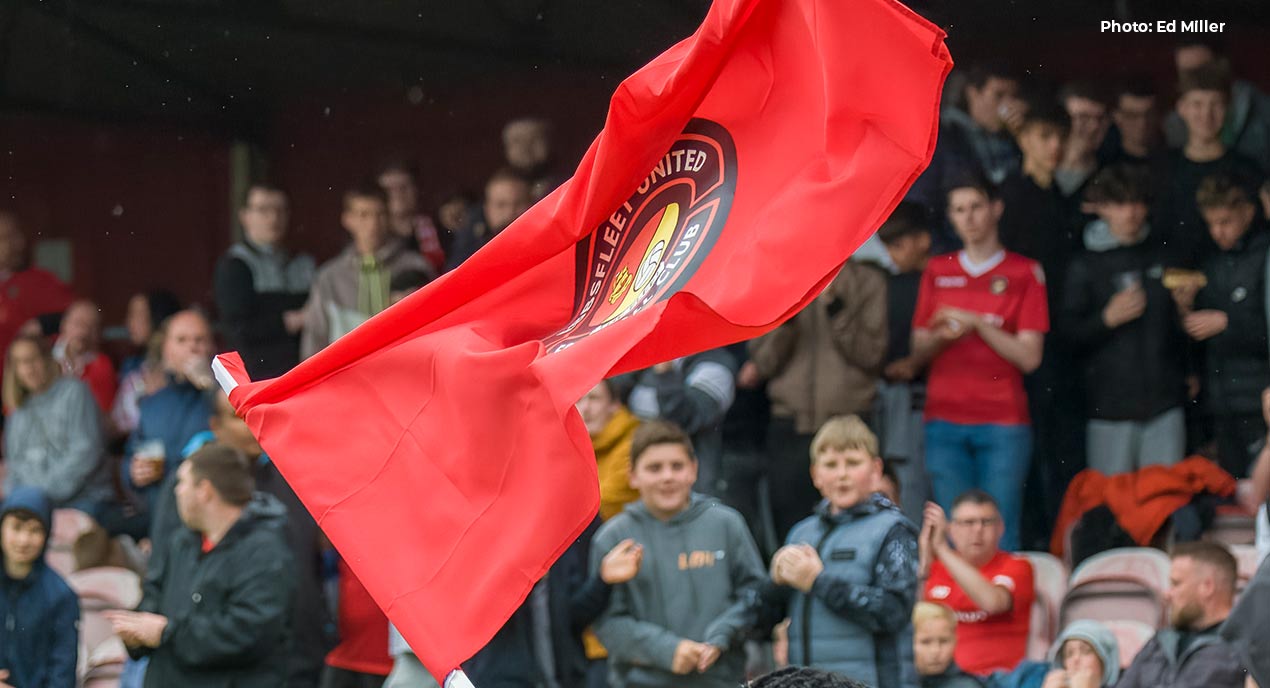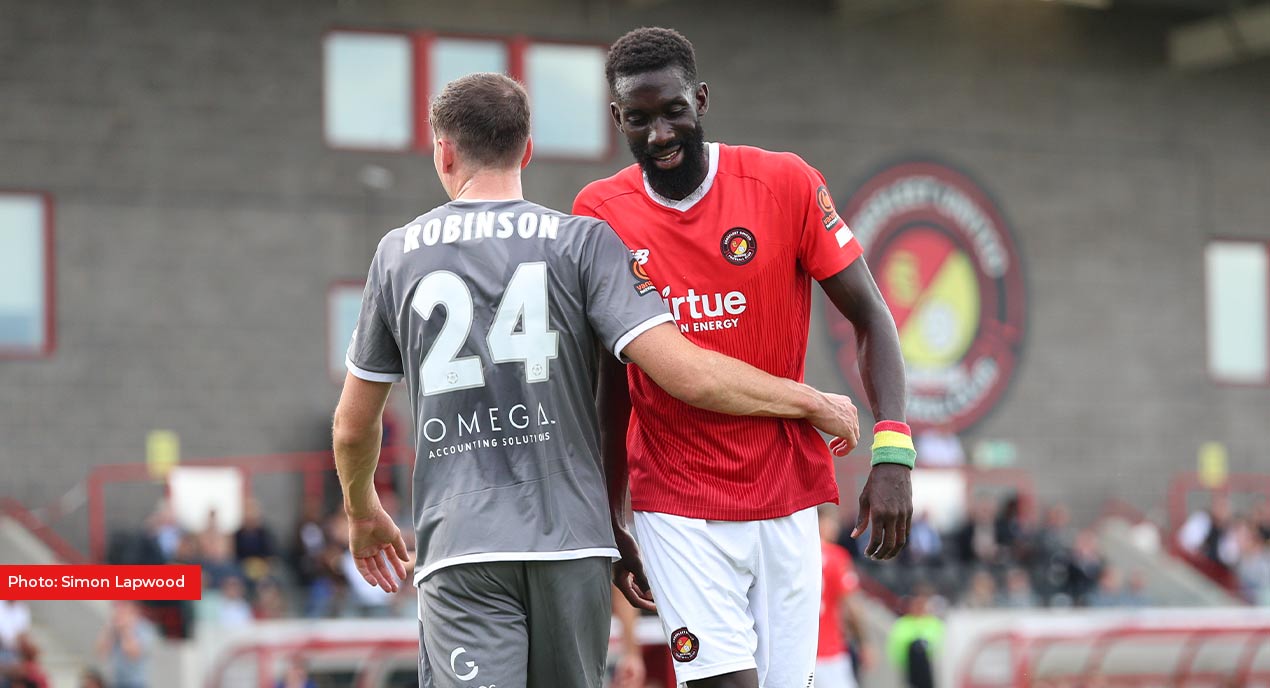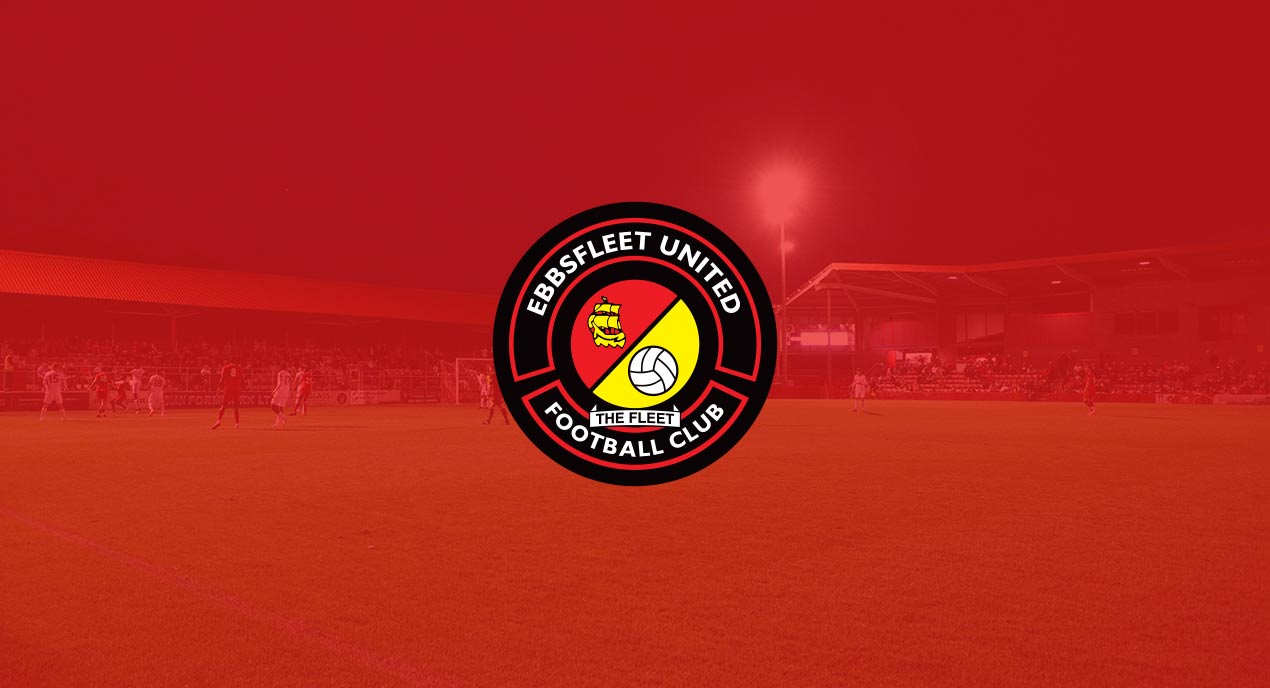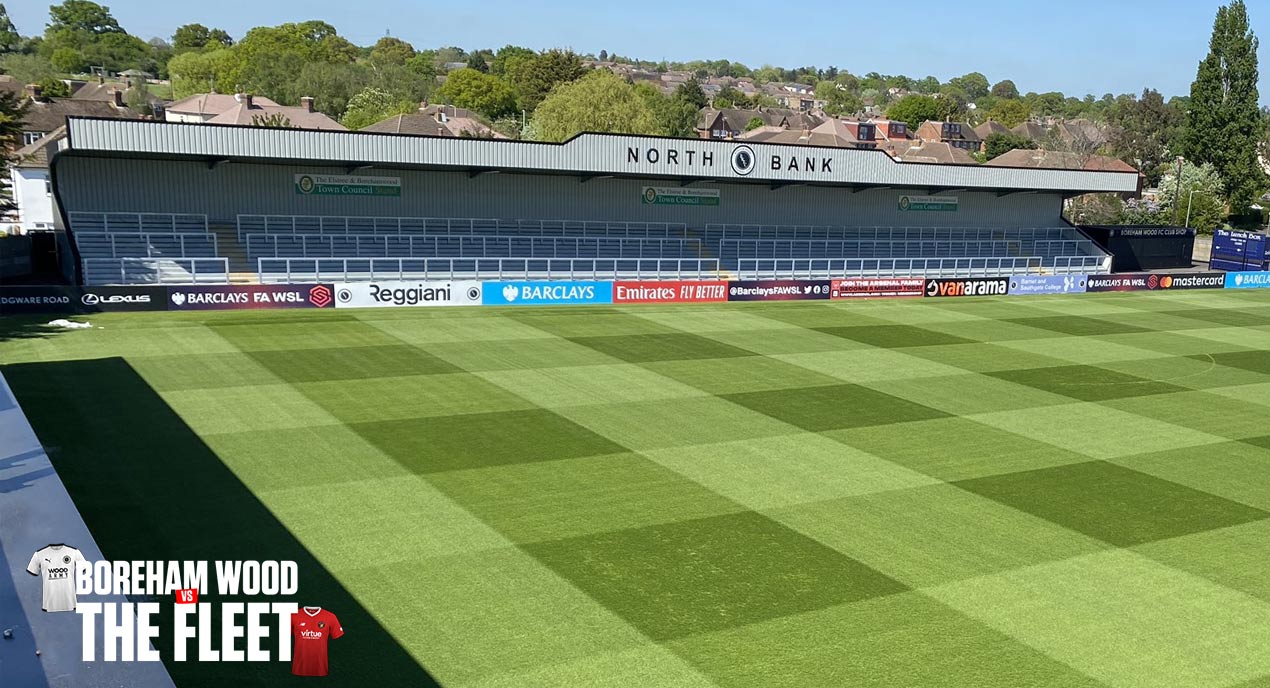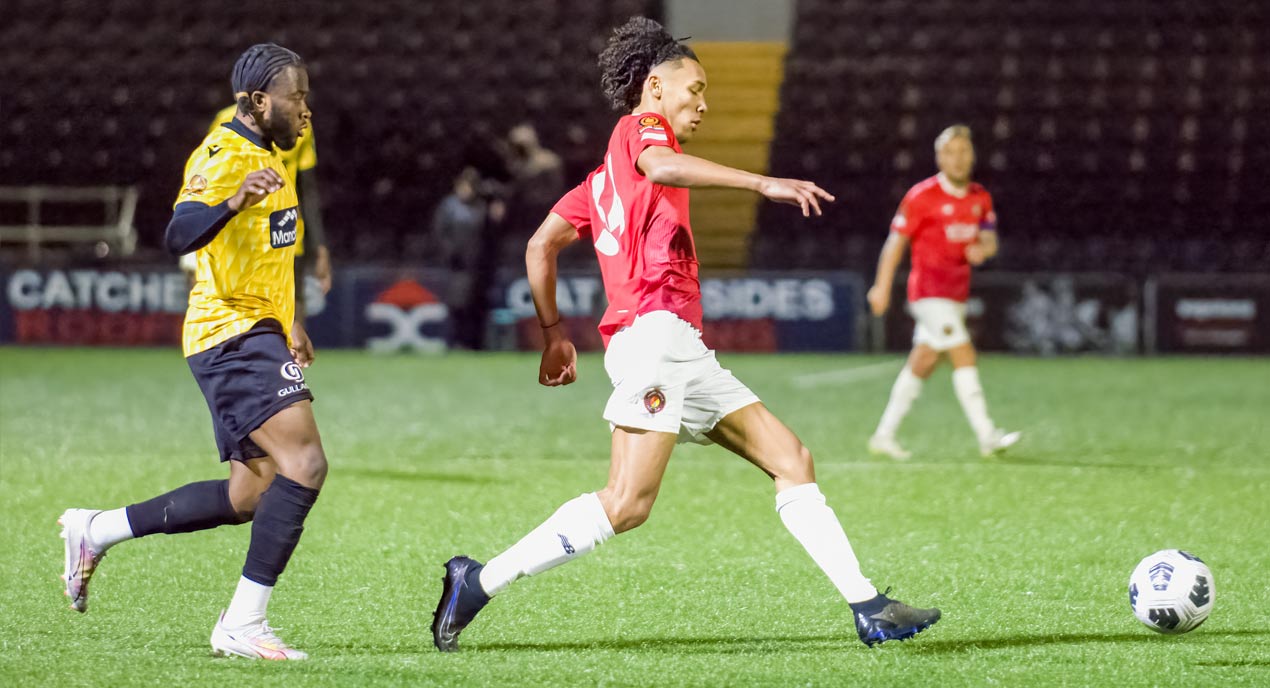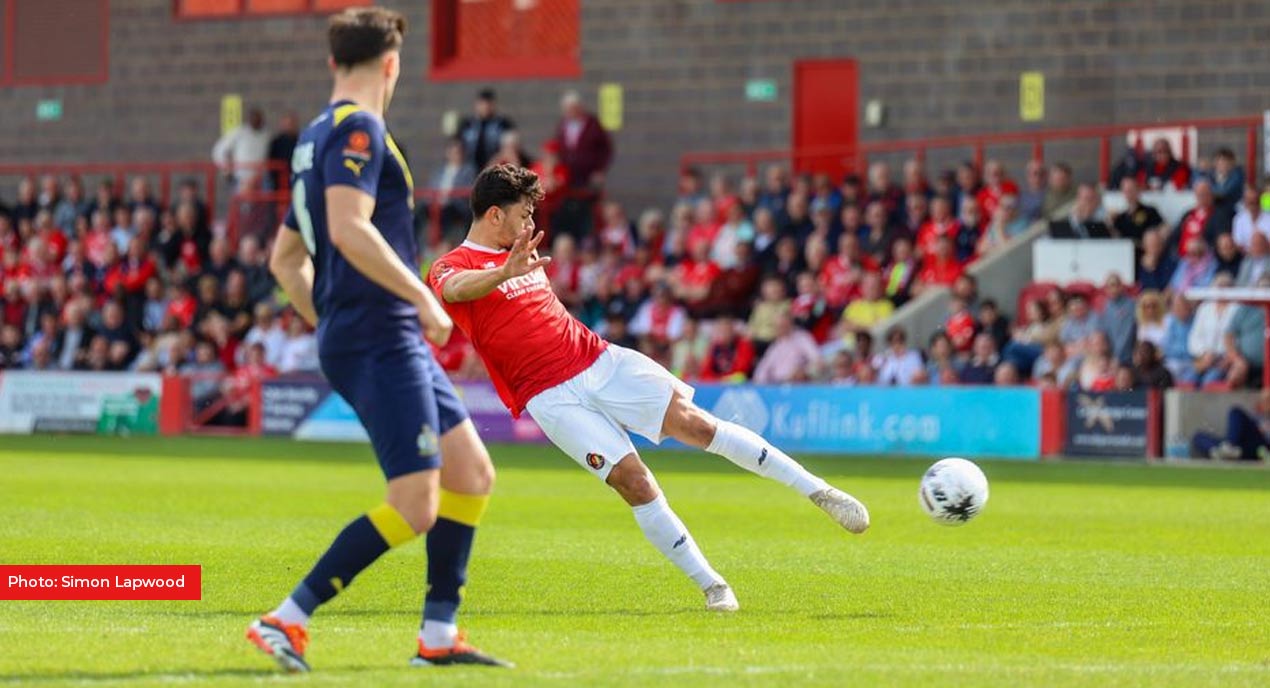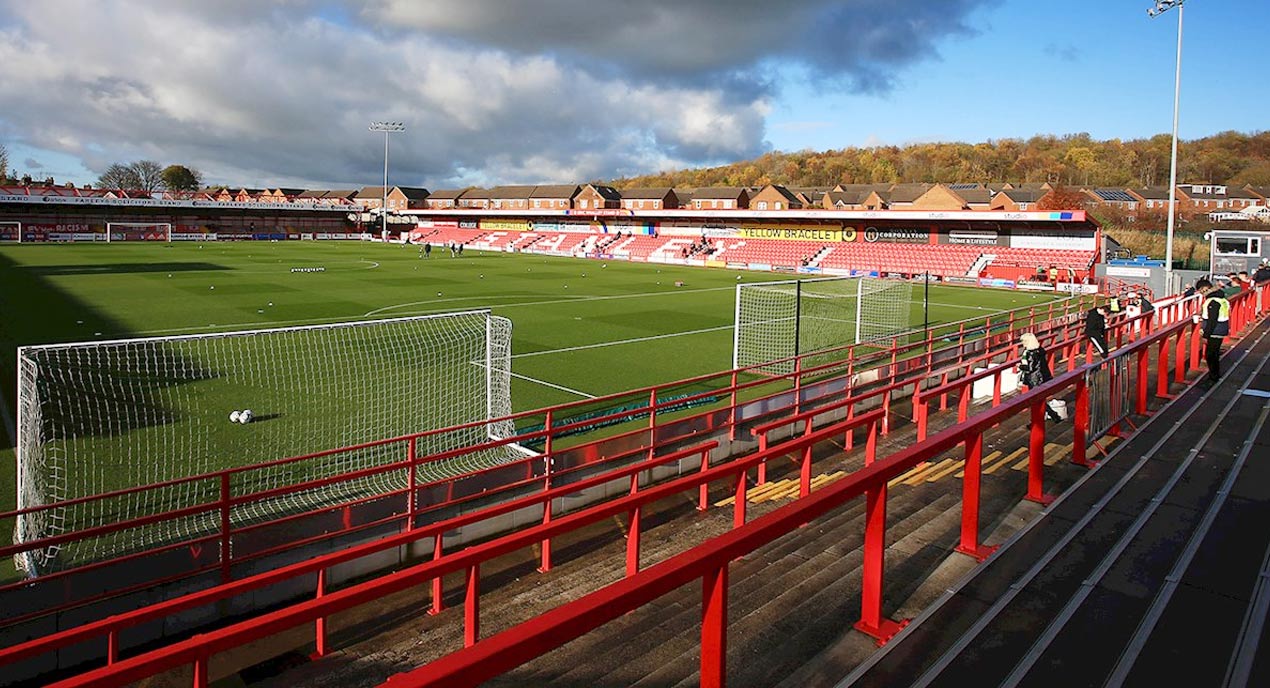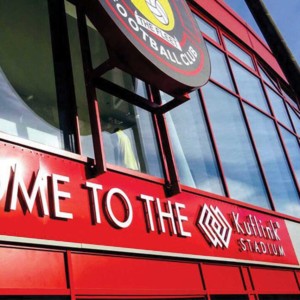A whole century after the event, it seems scarcely imaginable that a few generations previously, footballers – like millions of other ordinary people in everyday jobs and walks of life – fought and died on the bloody battlegrounds of France and Belgium.
One such Northfleet United player was Edwin Myers. Pictured here in 1910 after Northfleet had bagged a rare treble, he shows off one of the three pieces of silverware his side had won. Six years after that photograph was taken, Myers was killed at the Battle of Flers-Courcelette on the Somme.
Edwin Bertram Myers was born in Blackheath on July 5, 1888, to his electrical engineer father (also Edwin) and mother Bertha, the eldest of seven children. He grew up in south-east London, the various census forms recording him as having lived in Greenwich, Charlton and Dartford.
Myers signed for the Fleet in 1908, the same year that the club erected a stand from the Rosherville Gardens along the Stonebridge Road side of the ground.
Barely out of his teens, left-winger Myers got a taste of playing in front of big crowds, turning out for the Fleet in front of 4,000 supporters against Croydon Common in the Fourth Qualifying Round of the “English” (FA) Cup, only the club’s second appearance in the competition.
The South Eastern Gazette of the time described the 11st 4lbs Myers as “a colt, a very speedy footballer with a thorough command of the ball. His shots from a position far away near the touch line are notable for their force and accuracy of aim.”
Bigger and better was to come, with Myers a part of the 1909 side that reached the Kent Senior Cup Final, which the Fleet lost 4-2 to Maidstone in front of a crowd of between 7,000–8,000.
The following season he went one better, again reaching the final against Chatham, only this time the Fleet won it 2-0 in front of a 6,500 attendance. On this occasion, the Gazette profiled Myers as “one of the stars of the side. Sometimes brilliant. At other times does not show the sparkle that he is known to possess. Often sends in a swinging shot from the touch-line with just sufficient ‘screw’ to curl in and deceive.”
In a curious tragedy, the first Fleet goal was scored from a Myers corner, headed home by William Kennedy – the very two players who died in the Great War that followed.
That season he also helped win the club’s third Kent League title in succession, as well as the Thames & Medway Combination.
After that success, Myers moved to Crystal Palace in 1910 but there is little evidence to suggest he actually turned out for the south London side. He was also an able cricketer and played professional cricket for Surrey between 1910 and 1914.
Myers returned to Northfleet in 1912 and again tasted Kent Senior Cup glory, playing in the 1913 final against Gravesend United.The local paper reported a packed attendance at Maidstone for this derby (10,000), with trees so overloaded with fans trying to gain a vantage point that one branch gave way and people fell on to the roof of the stand – incredibly with no injuries resulting. “Cheers could be heard a mile away” when a goal went in. At the thick of the action was Myers who “all afternoon delivered a series of magnificent centres.”
Still at the club in 1913-14, Myers was unfit for the last Kent Senior Cup Final before the war (another Northfleet defeat to Maidstone).
With football soon suspended upon the outbreak of hostilities in August 1914, Myers joined the Army, rising to the rank of corporal in the London Regiment (First Surrey Rifles), 21st Battalion.
After training in St Albans, he served on the Western Front from 1915 and on September 10, 1916, was moved to the front line around High Wood, near the village of Miraumont. It had taken the British more than two months to reach the short distance of 6km following the first Somme offensive in July and the fighting in the area was variously described as “grim” and “hellish”.

On the day he died, September 15, 1916, Myers was part of the support wave of British (47th/London Division) and Canadian troops in what became known as the Battle of Flers-Courcelette – the third and final offensive of the Battle of the Somme – attacking along a wide front that involved the first use of tanks. The picture above was taken on the morning of Myers’ death as the tanks rolled towards their positions.
From his division’s war diaries, we know that his battalion stood in reserve for an attack on High Wood. With almost 600 men, Myers was called into action to assist an assault in the early afternoon. By 5.30pm that evening, with the men advancing under heavy shell and machine-gun fire, they were brought to a halt just short of their objective. The battalion was all but annihilated. Of the 567 soldiers that had attacked High Wood four hours before, just two officers and 60 men survived. Corporal Edwin Myers was not one of them. Some time between noon and early evening, the “coltish” left winger, one of the stars of the pre-war Northfleet United team, was killed by German machine-gun fire. He was 28.
 The overall battle, which lasted a week, did not meet its strategic objective but was deemed “tactically gainful”. To be precise, the front line advanced all of 2,500 yards.
The overall battle, which lasted a week, did not meet its strategic objective but was deemed “tactically gainful”. To be precise, the front line advanced all of 2,500 yards.
Edwin Myers is buried at Adanac Military Cemetery on the Somme and his name is inscribed on a war memorial by the Kennington Oval (pictured), where he played cricket for Surrey.







